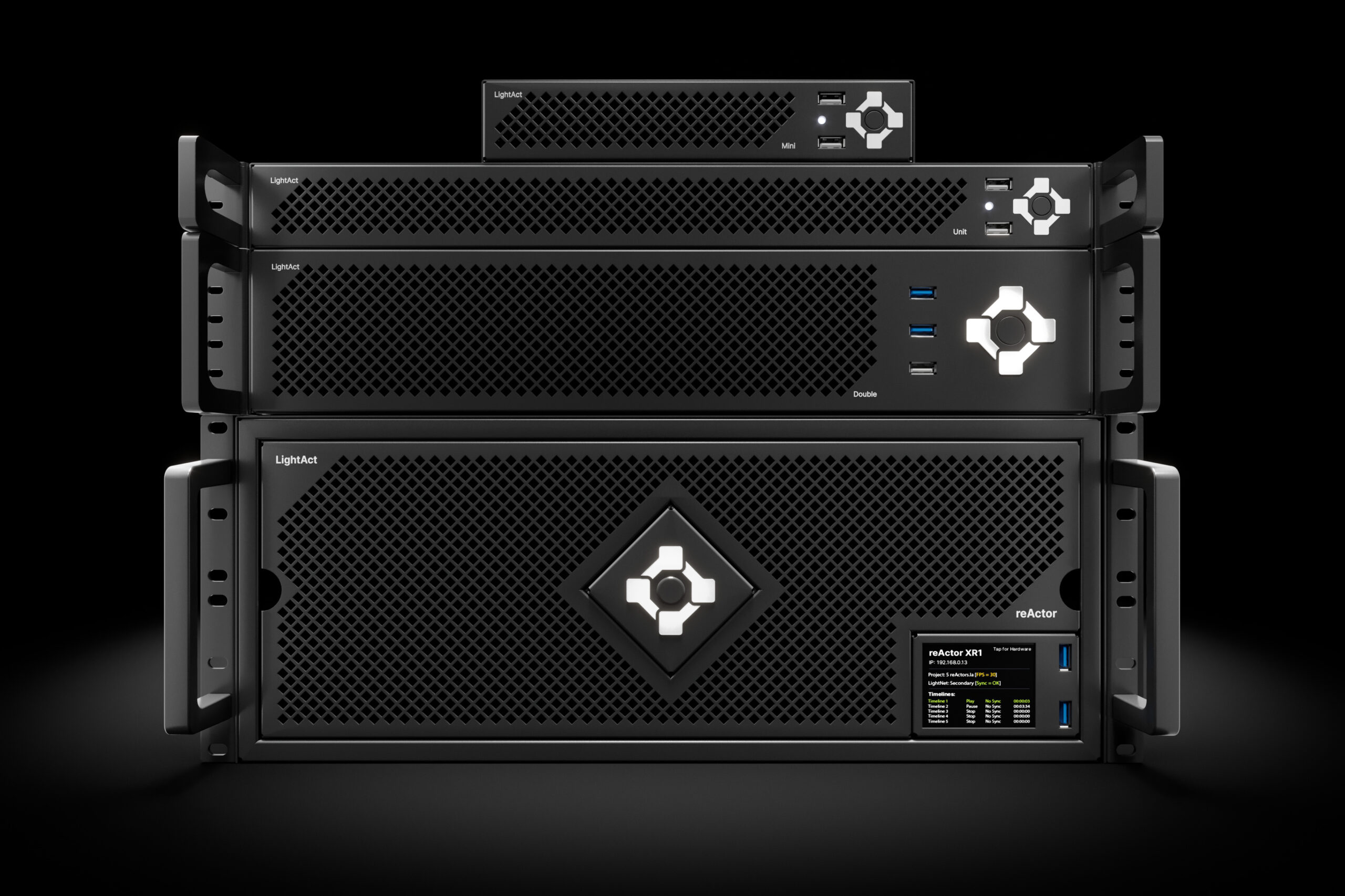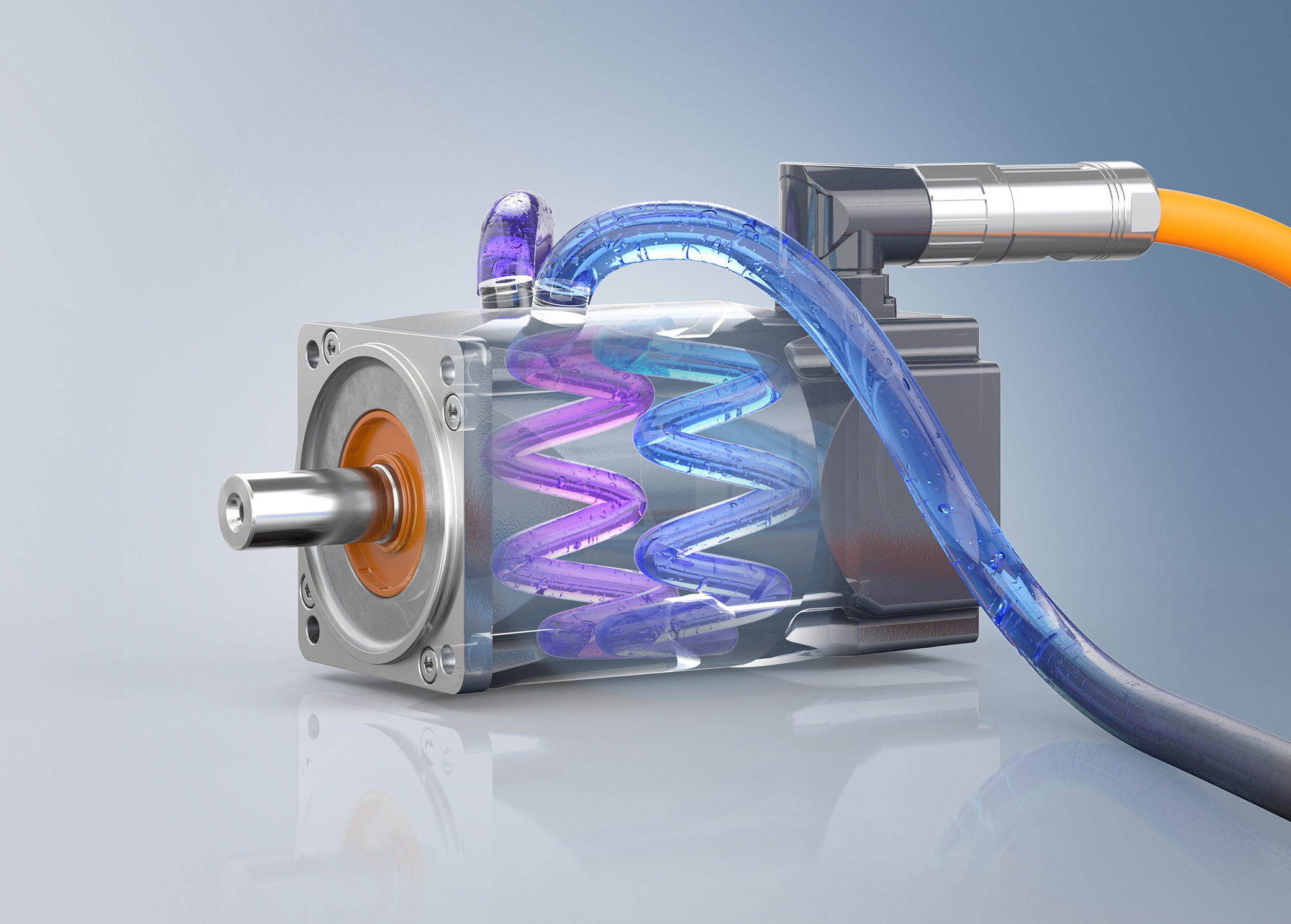More details from RC4 Wireless (www.theatrewireless.com):
“LED pixel strings are this century’s phenomenal new entertainment technology,” declares James David Smith, president and chief product designer at RC4 Wireless. “Wireless control of those pixels with a miniature battery-powered device is, of course, the other phenomenal thing.”
After being honored with a PLASA Award for Innovation in 2014, RC4 Wireless has strived to maintain its position as the innovative leader in wireless lighting, motion, and effects.
“All the way back to 1991, my wireless dimming products have been guided by customer needs. Our new patent-pending RC4Magic DMXpix follows that same line of influence. For a couple of years now, the number-one product RC4 has been asked for as we exhibit around the world is a tiny, wireless pixel driver,” says Smith, “and here it is.”
Intelligent pixel products have taken the market by storm. While each manufacturer offers drivers for their particular flavor of pixel device, few professional-grade drivers are built to control multiple string types and chip protocols. The RC4Magic DMXpix is the most versatile product possible, supporting popular protocols used by most manufacturers (including WS2801, WS2811/WS2812, APA102, LPD8806, and many others that are compatible with these). Even more impressively, the RC4 Wireless CodeLoader, introduced in 2014 as part of an award-winning RC4 Series 3 Harmonized Design, allows new pixel protocols to be added by simply downloading and installing them.
Sean Dane, applications specialist at RC4 Wireless, notes, “Pixel strings have inspired lighting, set, and costume designers to push the limits of what can be integrated into a show. Our first foray into the pixel world was with Janet Hansen at Enlighted Design, controlling pixel-mapped LED jackets for the world-famous RockettesTM at Radio City Music Hall in New York City.” For that project, RC4 Wireless developed a predecessor of the DMXpix, the RC4Magic DMXi2c. Enlighted Design coupled it with an Arduino microcontroller to push real-time DMX-synchronized video across all 40 dancers. “That project got me thinking about the future,” says Smith, “and I saw, in my mind’s eye, a new device that would control any pixel product, interface to things like Arduino and Rasberry Pi, and deliver standard DMX as well. There’s nothing else like it. And it’s really, really, tiny.”
RC4 ColorMatch, also patent-pending, was first introduced with Series 3 LED dimmers and is now provided for pixel strings. Adjust the white-balance of each string to ensure a consistent color palette, even when combining pixel products from different manufacturers, different control protocols, and with differences due to variations in LED binning.
One-to-one channel mapping to pixels is typical of most DMX drivers on the market, but consumes vast numbers of channels. A single universe can control only 170 red-green-blue pixels, which is just one 5-meter-long medium-density string. Few entertainment lighting designers want to allocate and program multiple universes — thousands of DMX channels — to light just a handful of pixels. At the same time, LDs most often use pixels for repeating patterns along a string, or to emulate separate lengths of traditional LED tape from a single string.
The RC4Magic DMXpix can drive 500 pixel LEDs from each of two drivers, the equivalent of 1500 control channels per string, a total of 3000 channels coming out of one small device. To minimize the number of console DMX channels consumed, a patent-pending structure of parameters are provided to build custom “fixture” profiles. The LD specifies control groups, assigns them to segments of the string, and configures how ranges of DMX channels control those segments. The simplest example is to divide a string into four sections, and map 3 console channels (red, green, blue) to each. This emulates four pieces of conventional LED tape within one string up to 500 pixels in length. A more complex profile could map a series of console channels to a 60-pixel segment of LEDs, then repeat that segment continuously down the entire string, all the way out to the 500th pixel.
The results are breathtaking. Looks are entirely in the domain of the designer. Features are expandable with CodeLoader updates, just like adding string types and protocols. “The RC4Magic DMXpix combines the flexibility of custom profiles with real time console control, for a wealth of creative options limited only by the LD’s imagination,” Smith summarizes.
The DMX data port is a big deal, too. When used as an input, the DMXpix can be controlled by wired DMX with extensive RDM (remote device management) support.
“We believe the RC4Magic DMXpix is the most powerful pixel driver and off-board design tool available for non-video pixel control. Wireless portability is the icing on the cake,” quips Dane.


